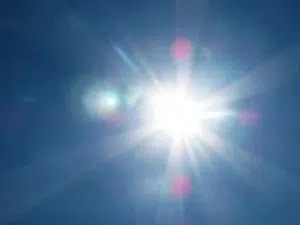
(Webster City, IA) — State Climatologist, Justin Glisan, says June, July and August have been warmer and drier than normal for the last three years.
Glisan says the La Nina weather pattern is to blame and it could impact fall in Iowa as well, with an elevated chance of warmer and drier temperatures for September, October, and November. La Nina is a cold sea surface temperature anomaly in the Pacific that impacts where storm tracks set up over the United States. Glisan says it could hang around through winter, which would mean warmer temperatures across the southern U-S and colder ones across the north – with Iowa stuck right in the middle.
He says it’s too far out to tell whether Iowa would get the warmer or colder effects of La Nina.












